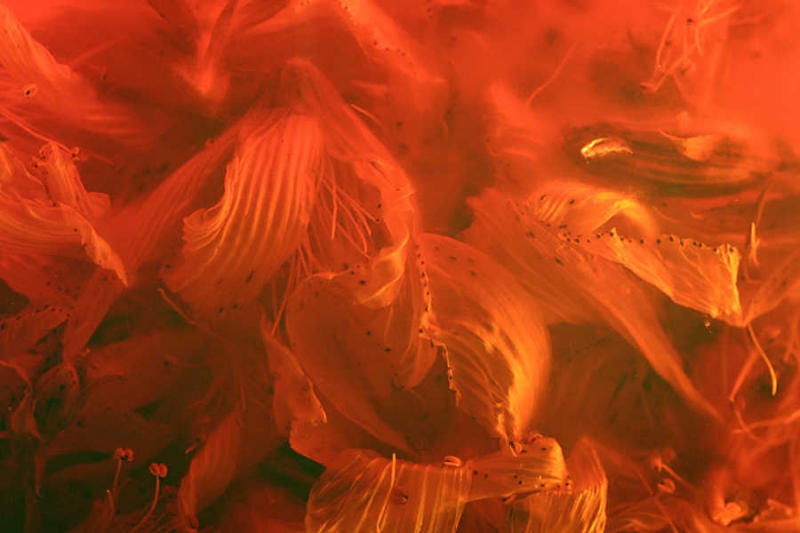
Indigo, Madder, and Marigold!
It may be hard to fathom, but we didn't always use chemicals to dye fabrics. For thousands of years people used plants, roots and berries to dye cotton, muslin, linen, silk and other fabrics. These days we can pop into a store and buy a rainbow of fabric dye, but it's great fun to dye fabric the old fashioned way! Not only does it give you a new appreciation for Mother Nature, but it's also a free and fun way to get crafty and explore your creative side. As an added bonus, natural dyes can lead to a lot of great, frugal home decorating ideas. The results can be very elegant and far more interesting than anything you'd get out of a box of RIT dye.
What are natural dyes?
A dye is a soluble, colored substance that has an affinity for a fiber or other substance, meaning that it will adhere to the surface. Most natural dyes come from dye plants, the best known ones including madder, brazilwood, logwood, weld, woad, and indigo have been used for thousands of years. Natural dyes and extracts made from these plants can be purchased online, however many dyes can be made from plants common in the North Country. There are plenty of options that you can find in your own backyard, garden, or grocery store.

Yellow is a very easy color to produce using natural dyestuffs such as marigolds, goldenrod, dandelions, tumeric and onionskins. If you’re using flowers such as goldenrod, be sure to collect the young flowers when they are about to open for bright yellows as older flowers contain less dye.
Goldenrod

There are at least forty different plants and insects that produce natural red dyes. Of these, madder produces the most light-fast and wash-fast colors. Ladies’ bedstraw is a low scrambling plant related to madder, and its roots also produce a nice red color. In addition, St. John’s wort, staghorn sumac, red cabbage and beets produce a deep red.
Staghorn Sumac
Non-native species such as indigo and woad produce the brightest blues, however blueberries, raspberries, and sunflower seeds can be used to produce bluish hues as well.

Coffee grinds, tea, walnut husks and dandelion root produce various shades of brown and black.
Black Walnut
Preparing Natural Dyes
Collect your plant materials when they are at their peak of color. Flowers should be fresh, berries should be very ripe, not withered. Chop all the plant material into small pieces and place them into a pot that you are willing to sacrifice to the dyeing craft (you won’t be able to use it for cooking again). Next, measure the amount of plant material and place twice as much water as plant material in the pot with the plant material. Bring the mixture to a boil and then simmer it, stirring occasionally for at least an hour. After, strain out the plant material. For textiles a mordant such as aluminum can be added to the dye to help bind the dye to the fabric. The dye liquor can be frozen to save for later use.
Other color fixatives:
For berry dyes: ½ c. salt to 8 c. water
For plant dyes: 1 c. vinegar to 4 c. water
Bring the mixture to a boil and place the fabrics to be dyed in the pot and simmer for an hour.
Other natural dye ideas
In addition to dying clothing and textiles, there are plenty of other fun crafts and art projects that you can do with natural dyes. How about coloring Easter eggs with your natural, chemical free dye? What about natural dye for homemade play dough? The kids are sure to love it! Or for the ladies, try natural hair dye to save money and give your hair a break from the harsh chemicals in synthetic dye!

Playdough dyed with strawberries and raspberries.

Easter eggs dyed with onion skins and tea.

